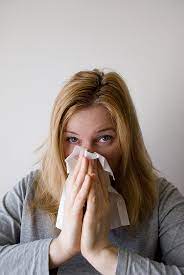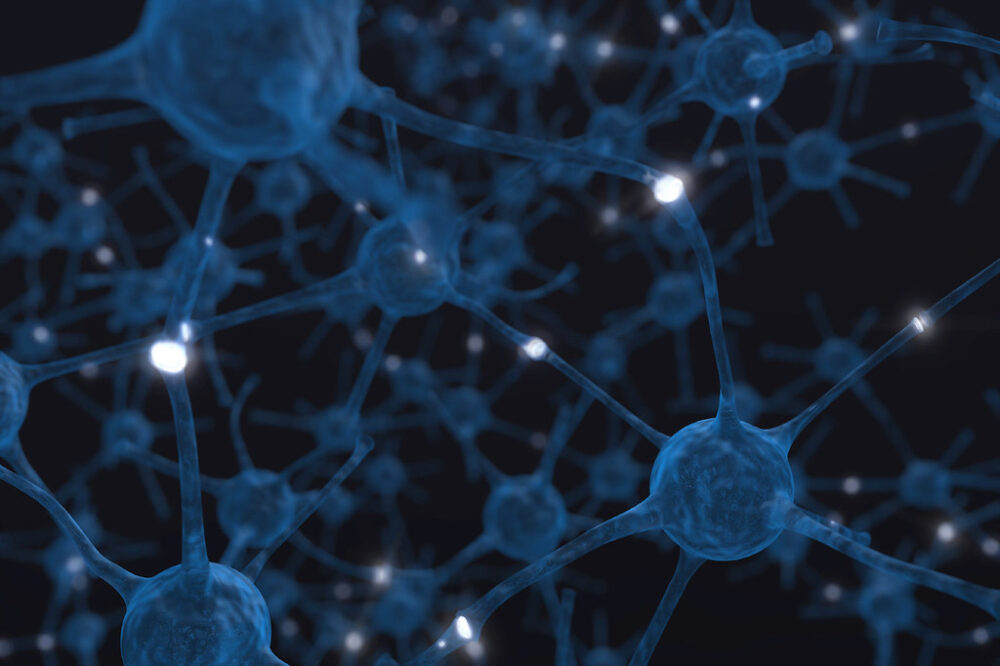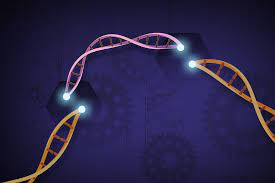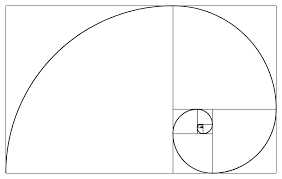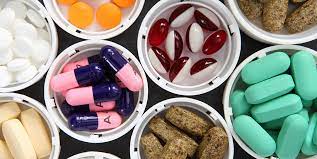ACHOO: Spreading disease at 100 miles per hour
While you are trying to listen to your professor lecture about derivatives and integrals, the person sitting less than three feet away from you sneezes: “ACHOO!” You shudder. Perhaps hold your breath. Or scoot your chair a few inches away from them. One person infected with an illness has the potential to infect 15 out […]
ACHOO: Spreading disease at 100 miles per hour Read More »
